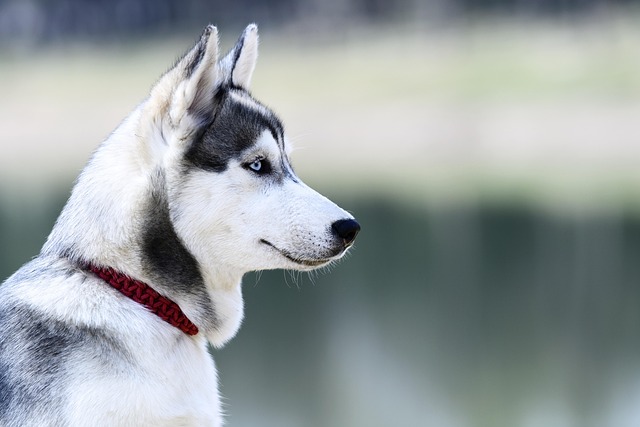
How can I tell if my dog's heatstroke is serious
Let’s be real: It’s a sticky August morning in Los Angeles, and you took your 2-year-old Golden Retriever, Max, for a walk a little later than usual
Puppies start exploring the world with their mouths from day one, but knowing when to introduce toys takes a little observation. Around 3 to 4 weeks old, their tiny teeth start pushing through, and you’ll notice them nuzzling and nibbling at their littermates or blankets. That’s the first sign they’re ready for something soft—think fleece or rubber toys that give just enough when pressed. These early toys aren’t just for fun; they help develop coordination as those wobbly legs learn to bat and carry.
By 6 to 8 weeks, when many puppies head to their forever homes, their teething kicks into high gear. This is when choosing the right toys gets serious. Look for options without small buttons or beads—regulations in most places require toys to pass safety checks to prevent choking, especially since curious pups swallow more than you’d think. Soft rubber chews work wonders here; they soothe sore gums without damaging emerging teeth.
Not all toys are created equal, and where you live matters. Some areas have strict rules about materials in pet products, banning certain plastics or chemicals linked to health risks. Opt for toys labeled as food-grade or non-toxic—you’ll often see these certifications on packaging, and it’s worth checking, even if it means spending a little more. A quick glance at the label can save you from accidents (or fines, in places with strict pet product laws).
 Toys also play a big role in keeping your home intact. Puppies don’t know the difference between a $20 toy and your favorite slipper, so starting early with designated chew items helps set boundaries. Many trainers recommend rotating toys every few days to keep things interesting—puppies get bored fast, and a bored pup is more likely to gnaw on furniture. Just make sure each new toy is size-appropriate; a toy too small can get stuck, while one too big might frustrate them.
Toys also play a big role in keeping your home intact. Puppies don’t know the difference between a $20 toy and your favorite slipper, so starting early with designated chew items helps set boundaries. Many trainers recommend rotating toys every few days to keep things interesting—puppies get bored fast, and a bored pup is more likely to gnaw on furniture. Just make sure each new toy is size-appropriate; a toy too small can get stuck, while one too big might frustrate them.
Supervision is key, no matter the age. Even the safest toy can become a hazard if a puppy tears off a piece. It’s not just about following guidelines—watching your pup play teaches you their habits. Does yours prefer to fetch or cuddle? Do they chew aggressively or gently? This helps you pick better toys later, like durable nylon chews for power chewers or plush toys for snuggle bugs.
As they hit 3 months, their jaws get stronger, so it’s time to upgrade. Harder rubber or rope toys (without loose threads) stand up to more enthusiastic chewing. Some areas require rope toys to be free of toxic dyes, so again, check those labels. This is also when interactive toys—like treat-dispensing balls—start to shine, keeping their brains busy and aligning with local norms that emphasize mental stimulation for pets.
Choosing the right age to start isn’t about a strict timeline; it’s about matching the toy to their stage. From those first soft nuzzles to the enthusiastic gnawing of a 4-month-old, each toy helps them grow—safely, happily, and in line with what’s best for both of you.

Let’s be real: It’s a sticky August morning in Los Angeles, and you took your 2-year-old Golden Retriever, Max, for a walk a little later than usual

You're enjoying a summer afternoon at the park when you notice your dog has stopped panting and appears disoriented - their gums are bright red

Let’s paint the picture: You’re in your Denver apartment, watching your 4-year-old Boston Terrier, Ruby, plop down mid-play session with her favorite toy

Many dog owners notice their pets nails seem shorter after regular walks,but how much does this daily activity actually help?The answer depends on where you walk—concrete sidewalks or asphalt streets gently file nails as a dog's paws hit the ground

Most dog owners notice their pup scooting across the carpet at some point, but few connect it to impacted anal glands. These small sacs near a dog’s rectum secrete a scent for marking territory

Most vets agree that regular dog teeth cleaning is key to avoiding painful dental issues later. For healthy adult dogs, a professional cleaning at the vet’s office every 12 to 18 months usually works well.